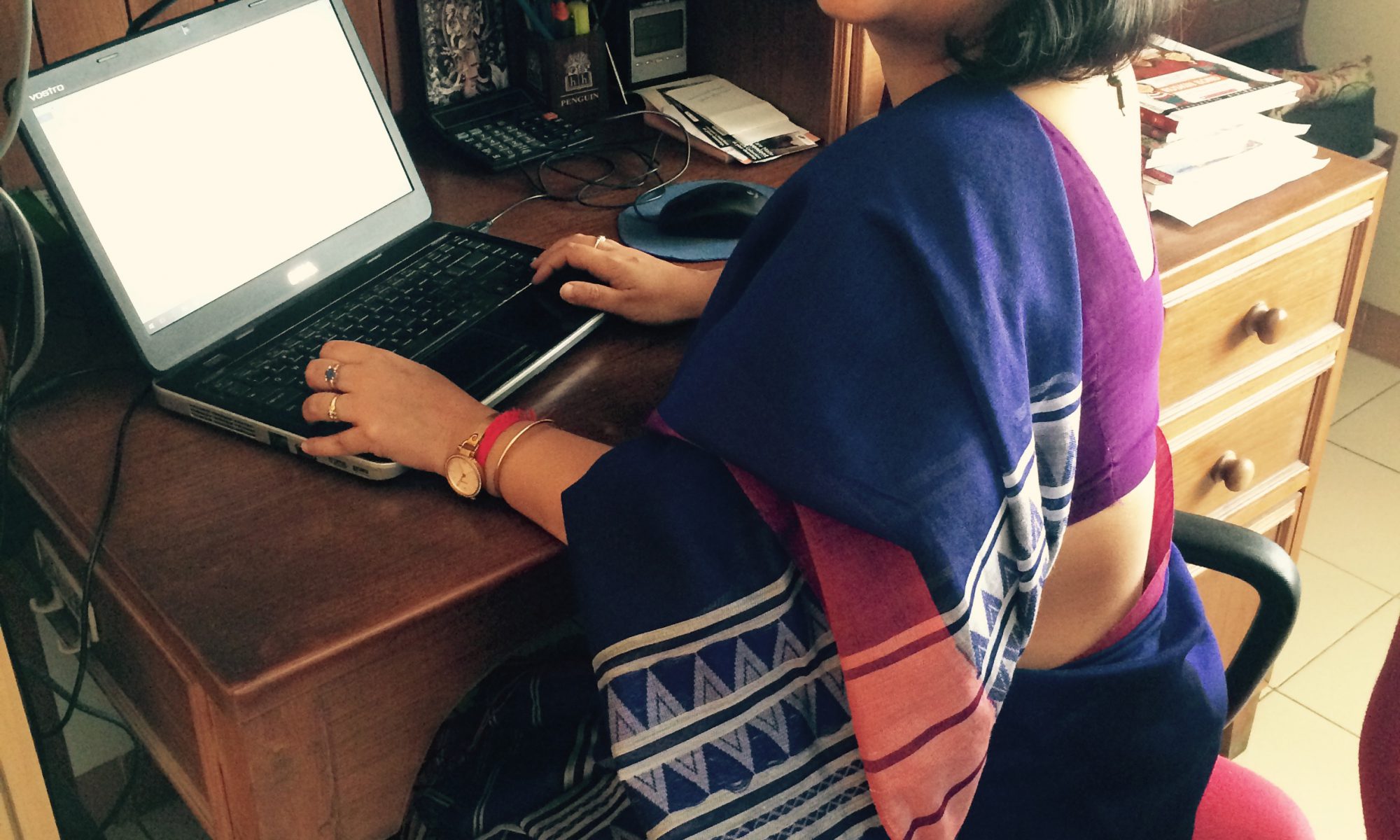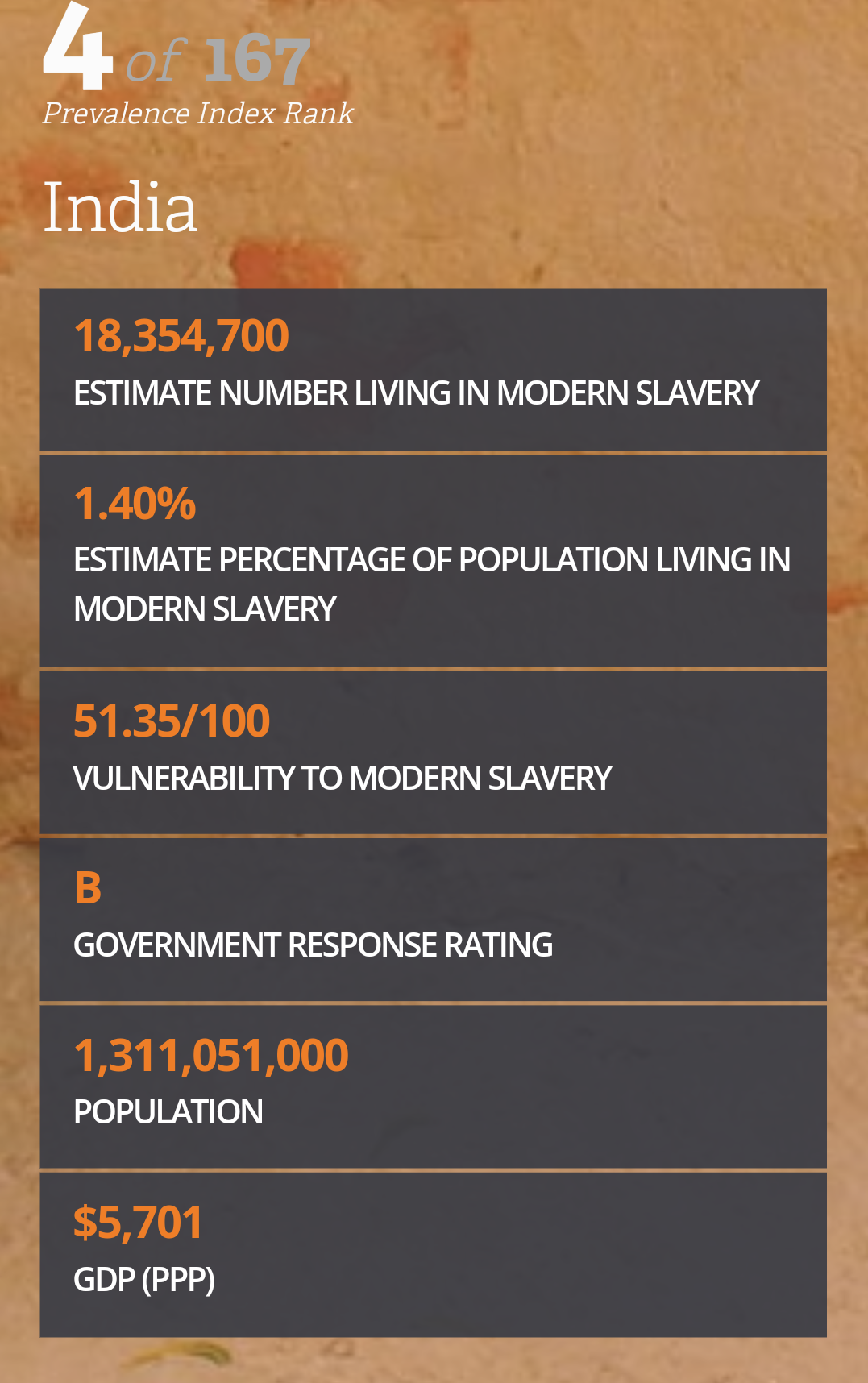If you are a children books author and appreciate editors, you would have heard of Sudeshna Shome Ghosh. A Bangalore-based editor, Sudeshna has worked in the Indian publishing industry for twenty years now. She started her career at Penguin Books India and moved to Rupa Publications and Aleph Book Company thereafter. During this time, she has published authors such as A.P.J. Abdul Kalam, Ruskin Bond, Sudha Murty, Subroto Bagchi, Derek O’Brien among many others and was responsible for managing Penguin India’s children’s publishing list, Puffin for four years before she started Rupa Publication’s children’s list Red Turtle. Currently, she is a consultant with Speaking Tiger Books and is building a children’s list for them.
In other words, she’s a treasure trove of inside knowledge of the publishing industry and me being the Curious Cat that I always was, used our friendship by asking her the most delightful personal, almost rude questions over tea at Infinitea in Bangalore. An excerpt
Q) You’ve just completed 20 years in publishing and the thing you said on social media was that you wanted to do it for another 20 years. What about this job keeps you here?
Let me see, where do I start…
There are many things, but the biggest, for me, is the feeling that my work is meaningful, that I am contributing to the creation of a reading culture in children. That the books I commission or edit, are good books that some kid somewhere is going to pick up, enjoy and think about. That, for me, is what keeps me going through some clearly mindnumbing bits, like reading proofs!
Q) Why did you become an editor? Why choose this career?
Continue reading “Interview: Sudeshna Shome Ghosh on how to pitch to an editor”







 Umm. Frankly, all Indian writers, be it of any genre or creed, have thought about romance once in a while. After all, it’s the most selling genre in our country. I did seriously consider it for a second. I did!
Umm. Frankly, all Indian writers, be it of any genre or creed, have thought about romance once in a while. After all, it’s the most selling genre in our country. I did seriously consider it for a second. I did! And then I remembered, that the last romance I read and appreciated was between the
And then I remembered, that the last romance I read and appreciated was between the 







